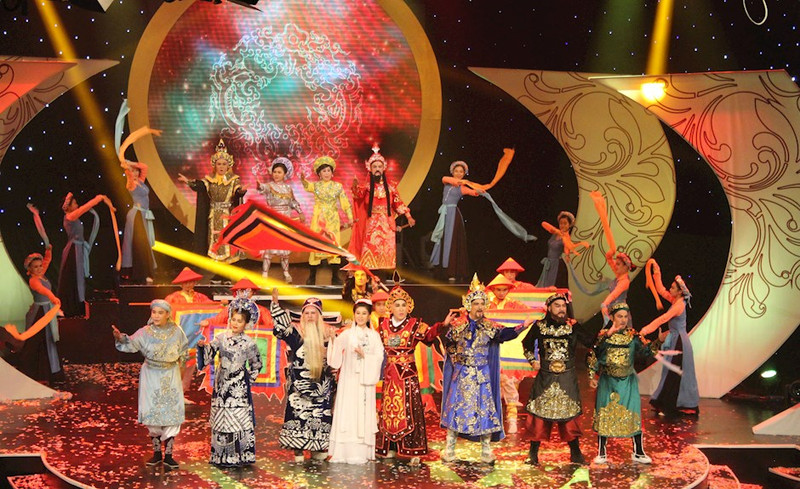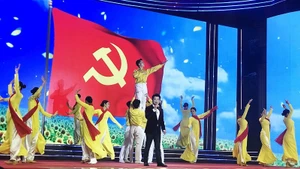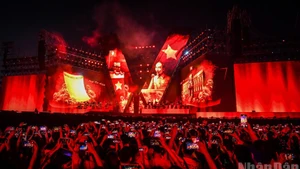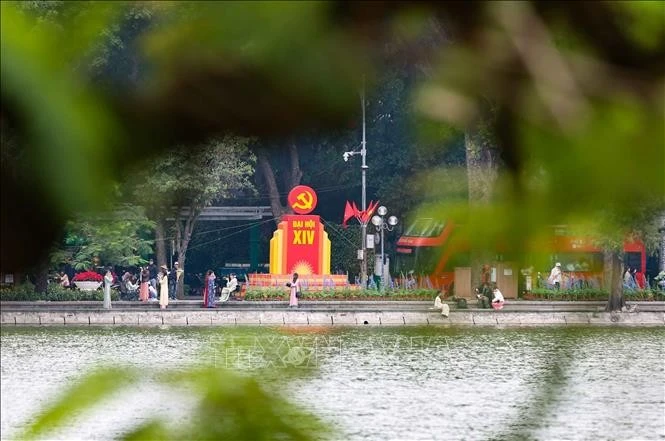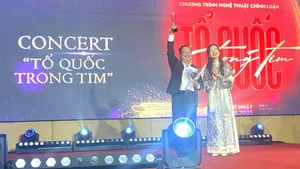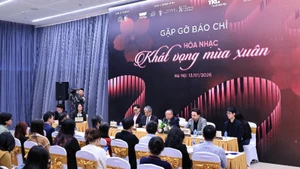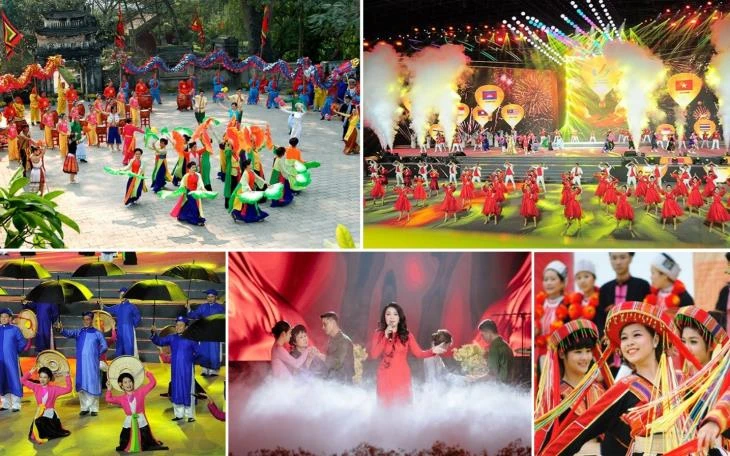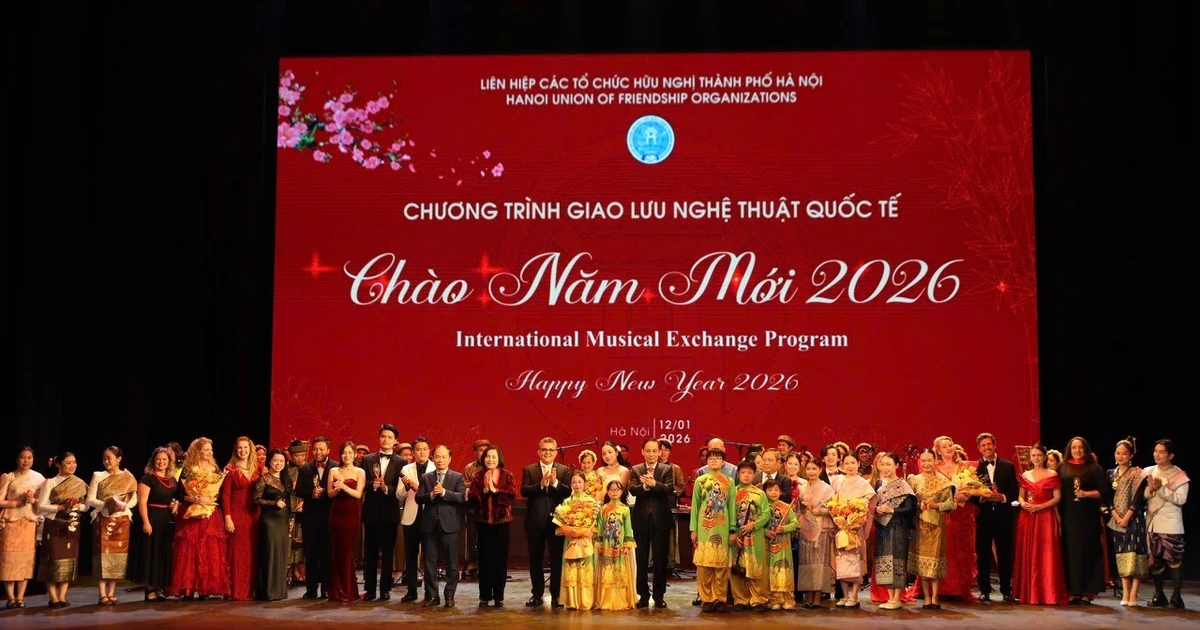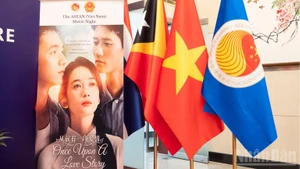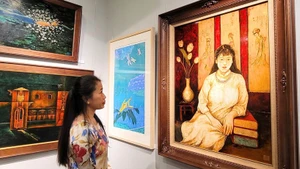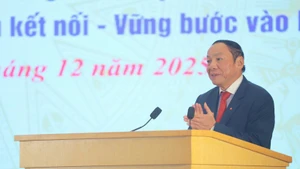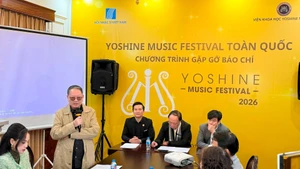Many other art forms appeared after, creating diversity for Vietnamese theatre. The latest form is drama, which celebrated its 100th anniversary in 2021.
It is necessary to preserve and conserve cultural values of theatrical heritage.
However, the teaching of young theatre artists is facing many difficulties due to the lack of available materials and information about the history and development of different forms of theatre.
The reason is that throughout its development, the collection and preservation of documentary footage and pictures of plays and their preparation steps, such as stage set up and artists’ make up, have yet to be conducted regularly, continuously, or systematically.
Therefore, lecturers have to search for materials by themselves to help young artists understand the history and development of each genre, such as 'cheo', 'tuong', and 'cai luong' (reformed theatre).
There is an urgent need to work out a policy of gathering and searching for materials about the Vietnamese theatre throughout its formation and development.
Director Le Nguyen Dat, Head of Ho Chi Minh City College of Stage Performance and Cinematics
Given the situation, Director Le Nguyen Dat, Head of Ho Chi Minh City College of Stage Performance and Cinematics, stressed the need to work out a policy of gathering and searching for theatre materials throughout its formation and development.
Dat’s idea has received enthusiastic appreciation from others in the circle. They argued that if we do not action now, precious materials about Vietnamese traditional theatre and its treasured cultural values will face the high risk of being lost.
Looking back, only the practice of ‘cai luong’ in the southern region remains well preserved and recorded through tapes about plays dated from the first half of the 20th century.
These precious documents were recorded by audiences through private collections.
For example, artist Dinh Tri, son of the famous Cai Luong artist Le Thuy, has collected hundreds of records from cassettes, videos, CDs, DVDs, pictures, and posters to articles about ‘cai luong’ in different periods of time.
His collection has provided a trustworthy source of information and documents for researchers, artists, and lecturers in teaching and promoting the value of ‘cai luong’.
From the above fact, experts have raised the need for the establishment of a research institute or even a museum to preserve and conserve materials related to traditional Vietnamese theatre.
 |
| At the ceremony held in November 2021 by the Ministry of Culture, Sports and Tourism to celebrate 100 years of Vietnamese drama (Photo: bvhttdl.gov.vn) |
Each form of theatre, from ‘cheo’, ‘tuong’, and ‘cai luong’ to drama and circus, have left its unique mark on the performing arts scene, and it is important to preserve these for future generations.
Through each period of time, the Vietnamese theatre has renovated in both content and form to meet the demand of the audience. Theatrical innovation has always drawn great attention from the public, especially now - when it is facing fierce competition with other art forms in the current digital age.
However, every innovation must be rooted from tradition. The lack of available materials and information about the history and development of different forms of theatre has made it difficult for young artists to learn and contribute to the development of modern theatre.
Therefore, the cultural sector, and the Vietnamese Association of Stage Artists in particular, should actively develop strategy to collect, preserve, and conserve materials related to the history and development of traditional Vietnamese theatre. This will help to revive the valuable cultural heritage of theatre and bring it closer to audiences.
